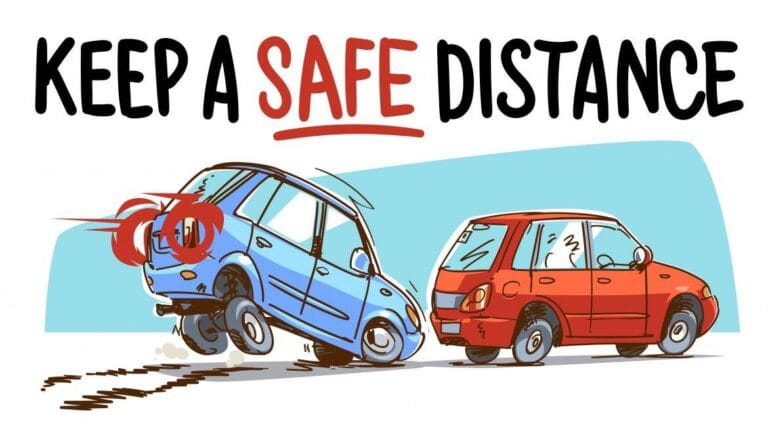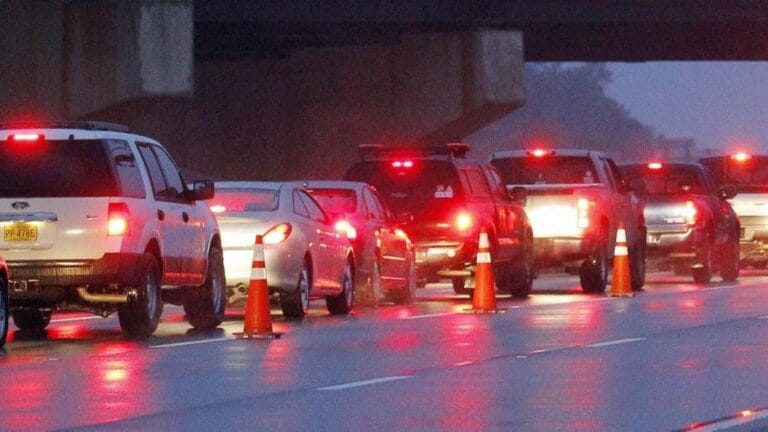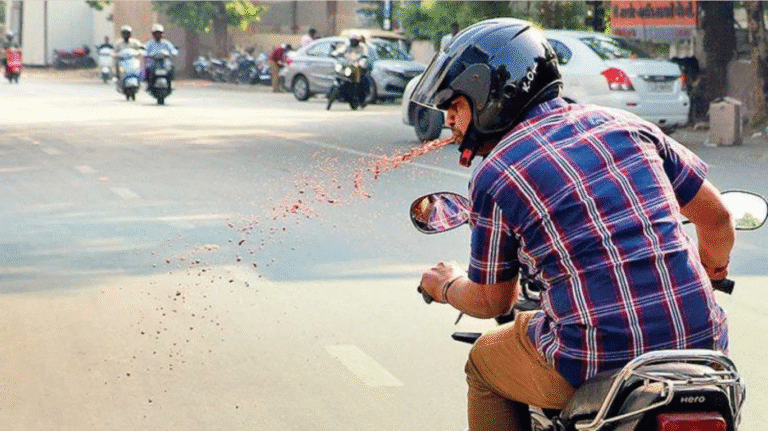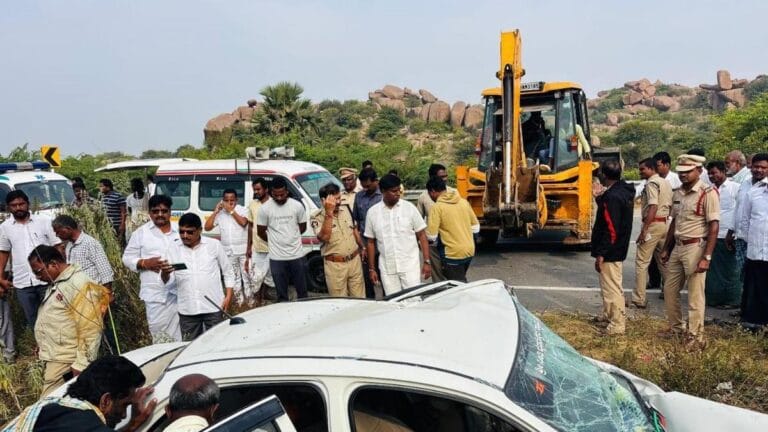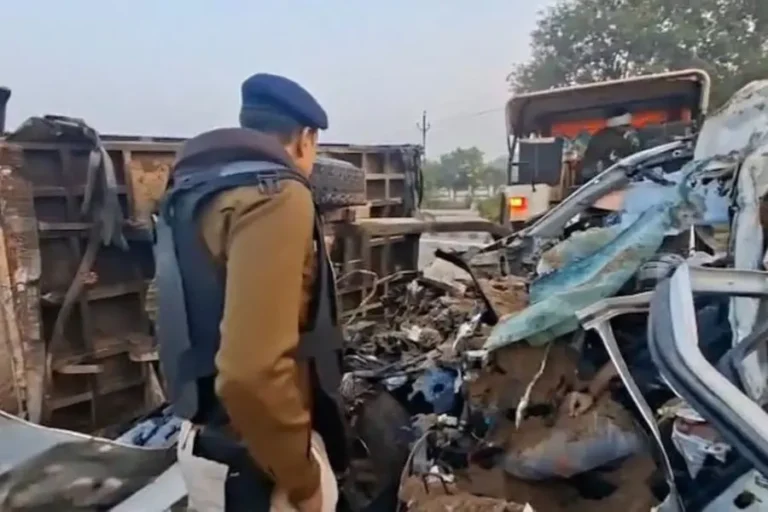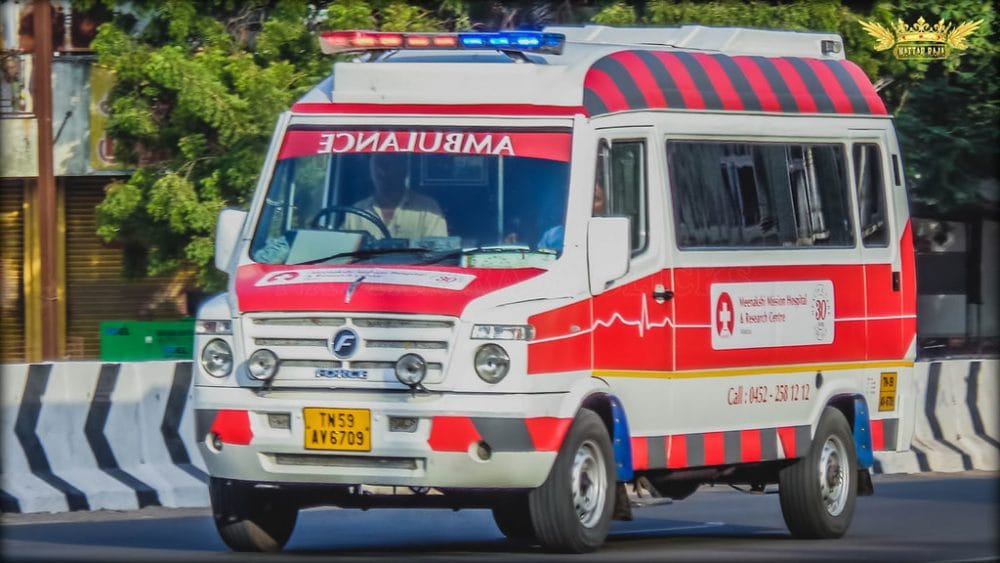
Types of emergency vehicles:
In India, roads are crowded with a diverse range of users, and unfortunately, road behaviour can often be unprofessional. Emergency vehicles 1. Ambulances, 2. Fire Brigades 3. Police vehicles frequently face challenges in navigating these roads.
Indian Law & Traffic Rules:
As per the Indian law and the Motor Vehicles Act (MVA) of 1988, emergency vehicles must have the right of way, and road users must give way to them. While a few states in India have made efforts to follow these rules, in many states and places, road users have become accustomed to the sound of sirens and often ignore the urgency, failing to make way for these vehicles
Advantages and Disadvantages on the road:
Another common but concerning trend is that drivers sometimes follow Ambulance to take advantage of the road clearance they provide, treating them as pilot vehicles. This behaviour is neither courteous nor considerate of the emergency at hand. Sadly, many individuals only realize the importance of making way for emergency vehicles when they are in need.
Illegal sirens on the road:
This lack of cooperation and care contributes to significant delays, costing lives due to late arrivals at hospitals or other emergency locations. Adding to this issue, some drivers have started illegally using sirens to receive VIP treatment and clear the roads, further undermining the seriousness of true emergencies.
Lack of road safety awareness:
However, the difficult conditions on Indian roads are traffic jams, roadblocks, congestion due to a lack of road safety awareness, and ESM vehicles giving way, which creates challenges for emergency responders to reach their destinations on time. Delays in emergency service lead to the difference between life and death, so every road user needs to give side to emergency vehicles on the road. When hear sirens or see the flashing lights. You move to the left side of the road and give way to pass. Do not attempt to race or drive closely behind the emergency vehicle, as it could obstruct their path and delay critical services. This rule ensures that emergency responders reach their destinations on time without unnecessary delays.DriveSafe
Exemptions for breaking Traffic Rules:
Due to the road conditions and situation, emergency vehicles like ambulances or other emergency vehicles are permitted to break traffic rules in India, like wrong-side driving, red lights jumping, and crossing the speed limits, to reach their destinations quickly. However, this exception is only allowed when the vehicle is responding to an emergency and displaying visible sirens or pelican lights.
Penalties for Obstruction of Emergency Vehicles:
Obstructing an emergency vehicle is a punishable offence under Indian law and the MVA Act 1988. Drivers can face fines up to 20,000 and six-month nonbailable jail, penalties, and, in severe cases, imprisonment if they deliberately block or slow down an emergency vehicle.
Siren and flashing lights of emergency service vehicles:
The siren and flashing lights on emergency vehicles indicate an urgent situation. These signals are designed to alert nearby drivers, pedestrians, and cyclists to move aside. It is illegal to ignore or attempt to block an emergency vehicle when the sirens and lights are active.
Distance from Emergency Service Vehicles on Indian Roads:
Drivers should maintain a safe side or rear following distance from first responder vehicle to prevent collisions and accidents. When an emergency vehicle is approaching, maintain a reasonable distance and avoid following too closely. It will give enough space for responders to maneuver if needed.
So, you ask yourself: How often do you genuinely make way for emergency vehicles? How often have you seen illegal sirens or followed ESM vehicles for quicker passage? Drive safely, and stay aware of the impact our actions can have on saving lives.
Conclusion: Always prioritize giving way to emergency vehicles, maintain a safe distance, and be mindful of the law. These small efforts collectively make a significant difference in supporting India’s emergency services.
Drive Safe Stay Safe.
